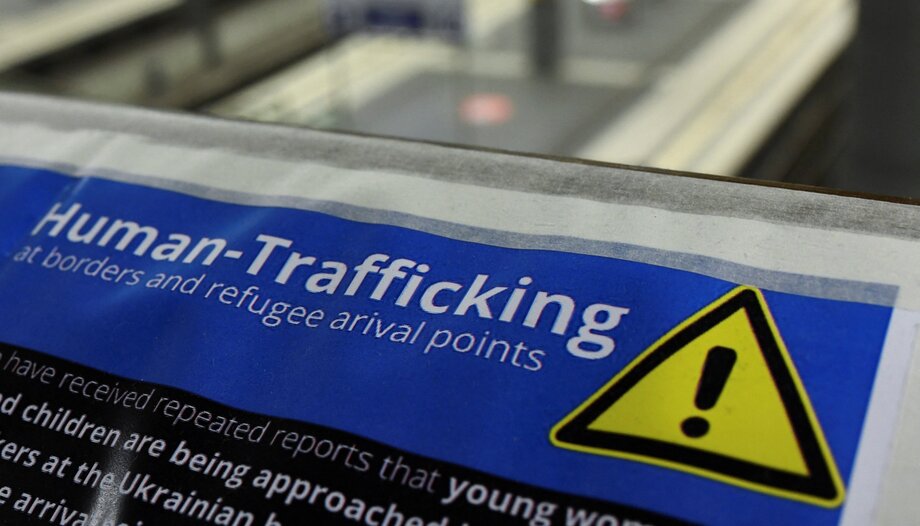Human trafficking is a very lucrative business. The risks are minimal compared to the profits; human trafficking moves about 150 billion dollars. The shares of this industry go through sexual exploitation or cheap labor in appalling conditions.
Illegal migration is one of the ways in which this business becomes sustainable, as many deceive those who are seeking to improve their living conditions, leaving their countries and falling into the hands of traffickers.
Modern slavery
The United Nations defines trafficking in persons as "the recruitment, transportation, transfer, harboring or receipt of persons, by means of force, fraud or deception, with the intention of exploiting them for profit".
Increasingly, human trafficking is considered to be modern slavery and encompasses a multitude of activities: sexual exploitation, forced labor, domestic servitude, debt bondage, organ harvesting, forced begging, recruitment of child soldiers or forced marriages.
The myths of human trafficking
In the United States, human trafficking is a problem that has an open door: immigration. Many people take advantage of the vulnerable situations of migrants, however, as the U.S. Conference of Catholic Bishops (USCCB) explains, "anyone can become a victim, regardless of gender, age, race, nationality, socioeconomic status, or educational level".
The USCCB website explains ten myths related to human trafficking:
Myth No. 1: Human trafficking only occurs in the form of commercial sexual exploitation. While it is true that there are about 24.9 million victims of sexual exploitation, it is also true that almost 81 % of the victims suffer from forced labor.
Myth No. 2: Most victims of human trafficking are kidnapped and do not know their captors. Abducting victims involves certain risks. Most traffickers establish an emotional or dependency bond with the victims.
Myth No. 3: To be a victim of trafficking you have to be taken to another country. Displacement is not necessary to speak of trafficking; some types of exploitation occur within the same communities of origin.
Myth nº 4: Legal companies do not benefit from forced labor and exploitation. Even if many cases of exploitation and trafficking occur in illegal businesses, there are also legitimate businesses that profit from human trafficking.
Myth No. 5: If a victim of human trafficking does not have documentation in the United States, the legal authorities do not protect her and she cannot receive services. Human trafficking, regardless of the victim's origin, is illegal in the United States. U.S. law allows trafficked aliens to access a variety of benefits.
Myth nº 6: The average citizen has never benefited from the services or goods produced by a victim of human trafficking. And given the expansion of this industry, all citizens have at some point in their lives acquired a product or service in which exploitation was involved, at least in part.
Myth nº 7: Victims are always kept shackled and physically abused. Physical imprisonment is not the only way to subdue victims. Many exploiters resort to psychological abuse, fraud or coercion.
Myth nº 8: The problem is so overwhelming and so big that there is nothing I can do to change things.. We can all do our bit to end human trafficking.
Shepherd
The USCCB has a project called Shepherd (Stop Human Trafficking and Exploitation. Protect, Help, Empower and Restore Dignity). With this the bishops want to educate people through various resources to end human trafficking.
On the website users can access homilies, films and texts through which they can raise awareness and help people to put an end to what is called modern slavery.
Friendship
Another of the USCCB's projects is "Friendship". This movement aims to empower immigrants in communities at risk of falling into human trafficking. Therefore, the project defines four objectives: empower, educate, create a relationship of trust with the law and bring the country's services to address trafficking.
The Catholic spirit of "Amistad" stems from the conviction that the best solution to local problems must come from the members of the affected communities. Therefore, the movement "utilizes the talents and gifts of the immigrants themselves to bring about lasting change in their communities".








